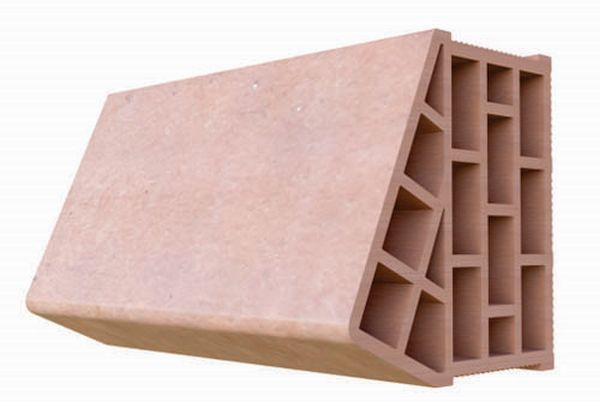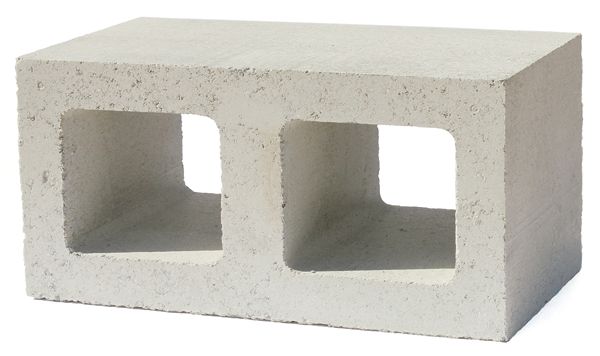Bricks have always been the number one choice for homes and buildings around the world. The brick industry has also experienced plenty of changes in the recent past with respect to green building design and sustainability. Made from natural materials, bricks are some of the most eco-friendly building materials around. And thanks to these initiatives, they are all set to become even more sustainable in the coming years.
Bloque Termodisipador BT

This revolutionary brick is the brain child of the Sumart Diseno y Arquitectura SAS studio in Colombia. Designed by architects Johanna Navarro and Miguel Nino, the Bloque Termodisipador BT is a ceramic brick that can effectively disperse heat, thus keeping buildings cool.
The brick features an innovative irregular cross section design (made of an irregular scalene triangle and a rectangle) that allows air to pass through it. This allows the brick to disperse the heat and reduce the amount of heat entering the building’s interior to a great extent. The brick is currently being used for the construction of architectural facades and enclosures.
Wool and Seaweed Infused Bricks

A team of researchers at the University of Seville in Spain and the University of Strathclyde in Glaskow has joined hands to create an unfired brick infused with seaweed extract and wool fibers. The resulting composite is non-toxic and more eco-friendly. It will also use local materials that will enhance the brick’s strength. Tests have indicated that the new brick is at least 37% stronger than traditional unfired earth bricks.
Forterra Building Bricks

Forterrra Building Products has always strived to be on the forefront of the green building and sustainability industry. The products manufactured by the company are also known for their inherent sustainability. As such, the company is all set to introduce its range of Forterra Brick products that will help buildings around the world make a long term investment towards a greener future.
Forterra’s bricks are extremely sustainable and have no life cycle end. This means they can last for centuries if needed thanks to their viability and inherent resistance to aging. The bricks are also made of local, natural and non-toxic elements locally sourced from the earth. They possess inert qualities and are not flammable. They also remain unreactive to other materials and do not emit VOCs (volatile organic compounds) and other toxic chemicals into the air with time.
Another highlight of Forterra’s bricks is that they can also be recycled, re-purposed and re-used on an indefinite basis. This reduces the demand placed on replacement products built out of depleting resources. This also reduces the amount of waste generated, thus reducing the product’s contribution to landfills dramatically.
New Masonry Building Material by Watershed Materials

A California based startup called Watershed Materials has introduced what could possibly be the strongest masonry building material till date. The new brick developed by the company is deemed to be twice as strong as concrete and is made of mineral geo-polymers that can be sourced abundantly from the earth’s natural clay. The new brick also features a changed clay chemical structure that reduces the issues encountered with normal clay bricks (for instance, normal clay bricks lack immediate binding capabilities). The changed clay chemical structure of the brick will allow the natural minerals in the clay to form geo-polymer bonds with each other, thus creating a strong and highly tensile building material that is more non-toxic and more sustainable.
Several green building and sustainable initiatives have focused on increasing the strength and reducing the toxicity of the traditional bricks used in buildings worldwide. These initiatives aim to pave the way for a greener future by creating bricks that are not only stronger than standard bricks, but are non-toxic and more eco-friendly as well.


